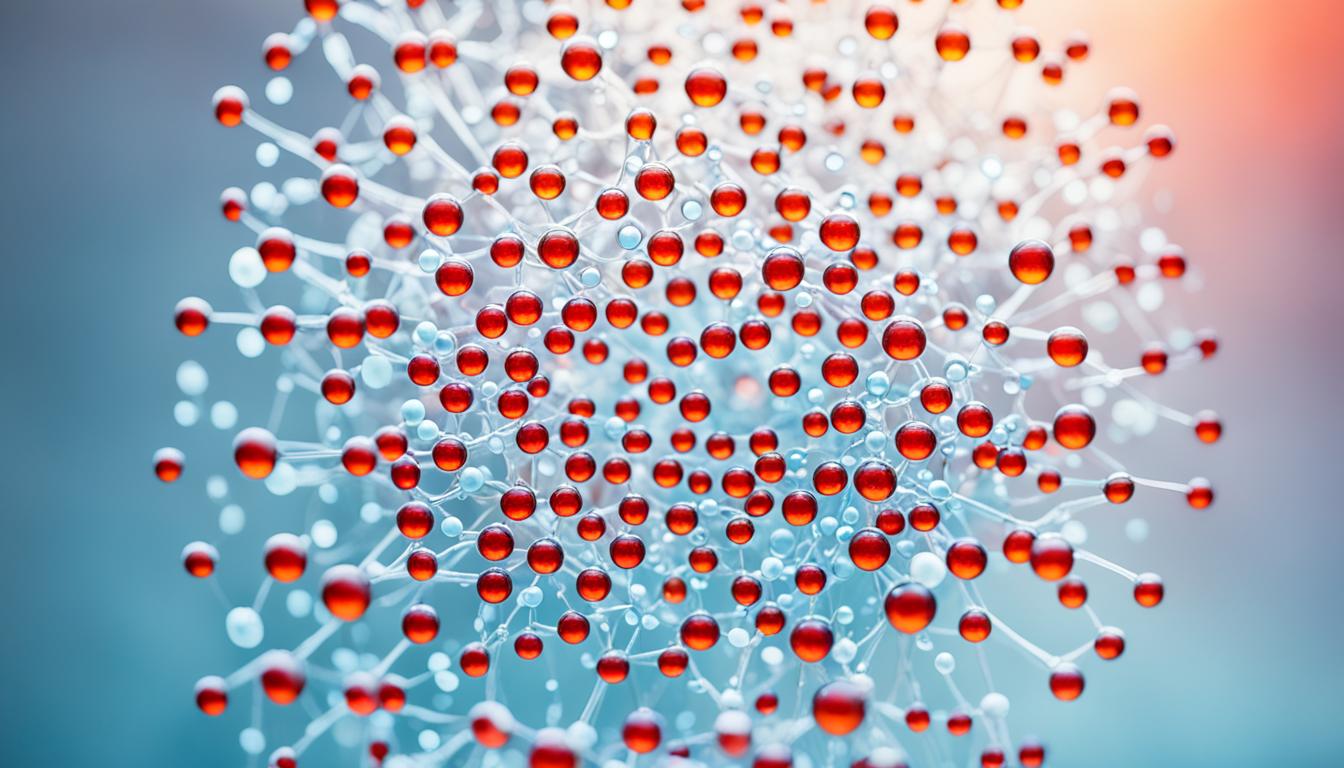Fecal incontinence is a condition where a person loses control over when they pass stool. Men and women, especially older adults, can face this situation. It can happen with solid or liquid stool. Rates of fecal incontinence change a lot, from 2.0% to 20.7%. Many things can cause it, like getting older, bowel problems, diabetes, past surgeries, certain cancer treatments, and other ongoing health issues.
This condition affects daily life in big ways. People may avoid social situations and feel down because of how others might react. Doctors diagnose fecal incontinence by looking at a person’s history. They ask about the number and strength of episodes. They also check the type of stool that’s being passed. This information helps doctors pinpoint the causes and create a personalized treatment plan.
There are various ways to treat fecal incontinence. Some start with changes in what you eat and how you live. These steps can make symptoms better and help with controlling bowel movements. Other treatments include medicine and biofeedback to target specific issues. But in some serious cases, surgery might be the best option. There’s also a new hope in treating this condition with stem cell therapy. Using stem cells from fat tissue could help repair the damage and improve function for those with fecal incontinence.
Key Takeaways:
- Fecal incontinence is the involuntary loss or passage of solid or liquid stool.
- The prevalence of fecal incontinence ranges from 2.0% to 20.7%.
- Risk factors for fecal incontinence include advanced age, gastrointestinal issues, diabetes, past surgeries, certain cancer treatments, and ongoing health problems.
- Symptoms of fecal incontinence can greatly affect someone’s life, causing isolation and distress.
- Diagnosis involves a detailed history and checking stool consistency.
- Treatments include lifestyle changes, medication, biofeedback, and surgery.
- Stem cell therapy, specifically using adipose-derived stem cells, offers hope for improving life for those with fecal incontinence.
Prevalence and Impact of Fecal Incontinence
Fecal incontinence is a common problem that affects people of all ages and backgrounds. Studies show that 2.0% to 20.7% of people may have it, depending on where they live. Rates are higher in nursing homes and care facilities, suggesting a need for better care in these places.
People often don’t report fecal incontinence because they feel ashamed. This makes it hard for doctors to ask about it during check-ups. Not talking about it makes it tough to manage, underlining the need for better awareness among healthcare professionals.
Fecal incontinence impacts more than just the body. It can lower someone’s quality of life and cause emotional distress. It may also lead to withdrawal from friends and family and make everyday tasks harder. This is more common among the elderly, raising the risk of needing nursing home care.
The condition also brings heavy financial costs. In the U.S., treating fecal incontinence costs around $4,110 per person each year. This shows how much of a drain it is on both individuals and the healthcare system.
Here’s a table that shows more information on the prevalence and impact of fecal incontinence:
| Population | Prevalence Rate (%) |
|---|---|
| Nursing Homes | 20.7 |
| Community-Dwelling Adults | 5.9 |
| Women | 6.9 |
| Men | 4.4 |
Key Findings from the Table:
- Nursing homes have the highest prevalence rate of fecal incontinence at 20.7%
- Among community-dwelling adults, the prevalence rate is 5.9%
- Fecal incontinence is more prevalent in women (6.9%) compared to men (4.4%)
Increased understanding of fecal incontinence will help us tackle it better. Knowing more about how common and impactful it is can lead to improved care, reducing its effects and costs. This is key to a better quality of life for those living with the condition.
Stem Cell Therapy for Fecal Incontinence
Stem cell therapy shows promise for treating fecal incontinence. It uses a type of stem cells called adipose-derived stem cells. These cells help in tissue repair and improve function for those with fecal incontinence. They are taken from the patient’s own fat, making them easily accessible for treatment.
Many trials have looked into these stem cells’ effects on perianal fistulas, a severe issue in fecal incontinence. They found that these cells enhance wound healing and lower fistula return rates. Now, research is also looking at how these stem cells can help in other intestinal diseases, like inflammatory bowel disease.
This new area of stem cell therapy could change the way we treat fecal incontinence. It offers hope to patients. Yet, more studies and trials are necessary to know its long-term effects. Even with more to learn, using stem cell therapy seems very promising for improving the care of those with fecal incontinence.

